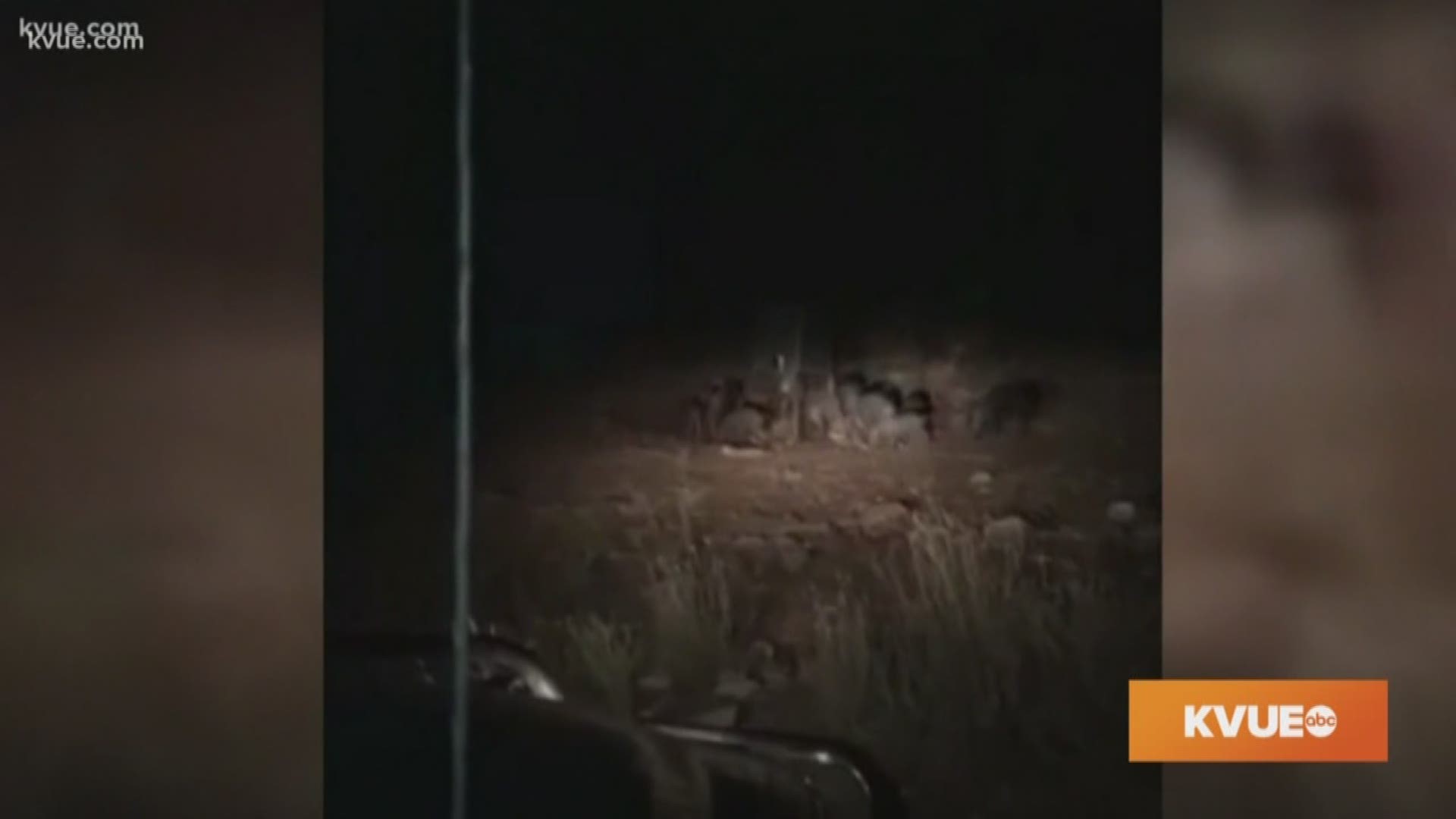HAYS COUNTY, Texas — On Aug. 10 the Guadalupe County AgriLife Extension Office will host a public workshop to discuss management, trapping and education of feral hogs.
The program was launched in an effort to put a dent in the feral hog population in the area and consists of the workshops, a webinar, bounty program and countywide damage assessment and financial assistance to selected landowners who wish to trap hogs. Texas is home to an estimated 3 million feral hogs that are responsible for destroying land, ruining natural water resources and impacting agricultural production across the state.
The workshop will be held in Seguin at 210 E Live Oak St. Another will be held Wednesday, Aug. 15 at the Dunbar Recreation Center in San Marcos at 801 West MLK St.
The workshops are part of an ongoing feral hog management program led by Hays County after the county received a grant from the Texas A&M Agrilife Extension Service, Wildlife Services, who have also partnered with the Meadows Center for Water and the Environment at Texas State University, the Cypress Creek Project, the San Marcos Watershed Initiative, the Plum Creek Watershed Partnership, as well as Caldwell and Guadalupe counties.
RELATED:
"Feral hogs present a number of problems. First off, they're an invasive species. They're not native to the environment so many things associated with their life cycle and their behavior have some pretty significant effects," said Nick Dornak, Watershed Services Program Coordinator for the Meadows Center. "Especially with the droughts going on right now, they're (hogs) going to be spending more and more time in streams and rivers because they're not physically able to sweat. So they cool off in the stream -- cool off in the river. There's also the most plentiful food there, as a result they end up in and near the streams which causes high levels of harmful bacteria."
Dornak said the program aims to reduce the number of feral hogs running rampant, but also to educate land and ranch owners on the long-term impacts they can leave behind. For those looking to take matters into their own hands, there is also the option of participating in the bounty program.
"The bounty program is eligible to any hunter, trapper or landowner in any of our three participating counties, and you receive a $5 bounty per feral hog as long as you evidence that the hog has been harvested, and that evidence will come in the form of a tail for that hog," Dornak said. "Once you turn it in you'll receive a check a couple of weeks later for your hogs."
However, for those who are not looking to hunt the hogs -- but want them moved off of their property -- there is also the option of trapping them live and selling them to a buying station. The station will give them a receipt, which trappers can turn in instead of the tail for $5 bounty.
Anyone interested in participating in the bounty program must fill out a participation form.

